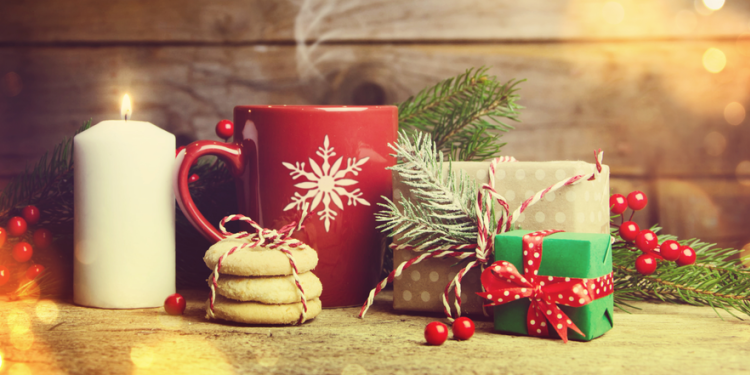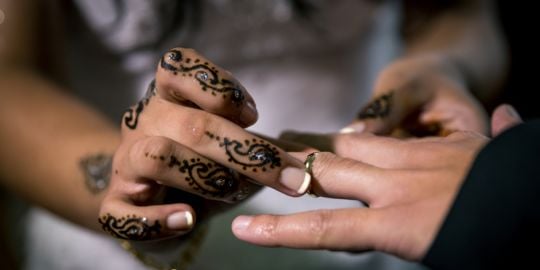Decorations

In the Northern Hemisphere, especially in the US and most European countries, the Christmas decorations are magnificently presented on tall evergreen trees, with all kinds of ornaments, usually in gold, red, and white colours, projecting a warm and cozy atmosphere. In New York City, many flock to the Rockefeller Centre to watch the annual ceremony of lighting the Christmas tree. In Japan, hand-made origami, paper lanterns, and other handcrafted decorations line up the traditional holiday tree, whereas in Mexico, piñatas decorations are filled with candy and toys for children to smash later on. Nativity scene decorations are put up mostly in places where the religious aspect of the holiday is emphasized.
In many warmer countries, albeit not all, Christmas decorations reflect a colder atmosphere, where artificial trees are lavishly embellished in snowflakes ornaments, plastic snowmen, and fake snow. It's almost as if they want to manifest the Christmas spirit by showcasing how the holiday looks like in colder countries. However, in Australia, many enjoy using natural elements representing the summer to decorate their tree, such as seashells. In a few African countries such as Uganda, they decorate palm trees and mango trees with natural items.
Christmas meals

Every country has its own customs, and this applies to the festive season as well even though everyone is celebrating the same holiday. Another big distinct feature of Christmas around the world is the holiday meal. In the United States, roast ham, beef, or turkey is the main dish, accompanied by stuffing, gravy, mashed potatoes, roasted vegetables, with apple pie, pumpkin pie, and Christmas pudding for dessert. In England, traditional holiday meals include roast meat, mince pies, and puddings, whereas in Japan, a Christmas campaign from the 70s has managed to integrate KFC fried chicken into their holiday meal, and it's so popular that it needs to be ordered weeks in advance. Polish people enjoy a hearty soup called Bigos (“Hunter's stew”), while in Ethiopia, a spicy stew called “wat” with injera bread is enjoyed on Christmas.
In Southern Hemisphere countries, Christmas meals are usually indicative of the warm summer season, although in Australia and New Zealand, the meals still somewhat reflect the British influence. However, seafood such as prawns and oysters manage to find their way in, followed by a popular dessert in the land down under called pavlova. In South Africa it is quite common to have a braai (barbecue) during the festive season. In Mozambique, the Portuguese influence is present in their meal, such their peri-peri sauce and fritters. Brazilians marinate their chicken with champagne, spices, and sometimes liqueur, while Argentinians serve something called niños envueltos, stuffed beef rolls translated to “children in blankets”.
Activities

Given the cold days of December in Northern Hemisphere countries, outdoor activities tend to be somewhat limited. However, in places where snow is abundant, many are willing to brave the freezing temperatures for a snowball fight or a sleigh ride. Sledding is a fun family activity, and skiing, snowboarding, and ice-skating are popular activities during that time of the year as well. Christmas markets are usually packed with holiday-shoppers and tourists, attracted to the festive lights and decorations, delicious finger food, and shopping opportunities.
In contrast, the warmer countries mean that there are plenty of ways to celebrate Christmas outside. In Australia and New Zealand, it is not uncommon to find many having a barbecue, or even spending a day at the beach on Christmas Day. It is even somewhat of a tradition for many to visit Bondi Beach in Sydney on the 25th. Camping is another popular activity around Christmas in the Southern Hemisphere, and is perfect for some family bonding.
















